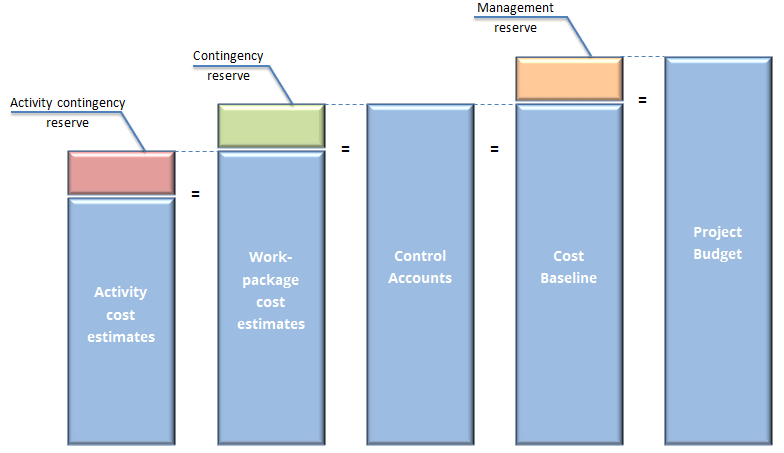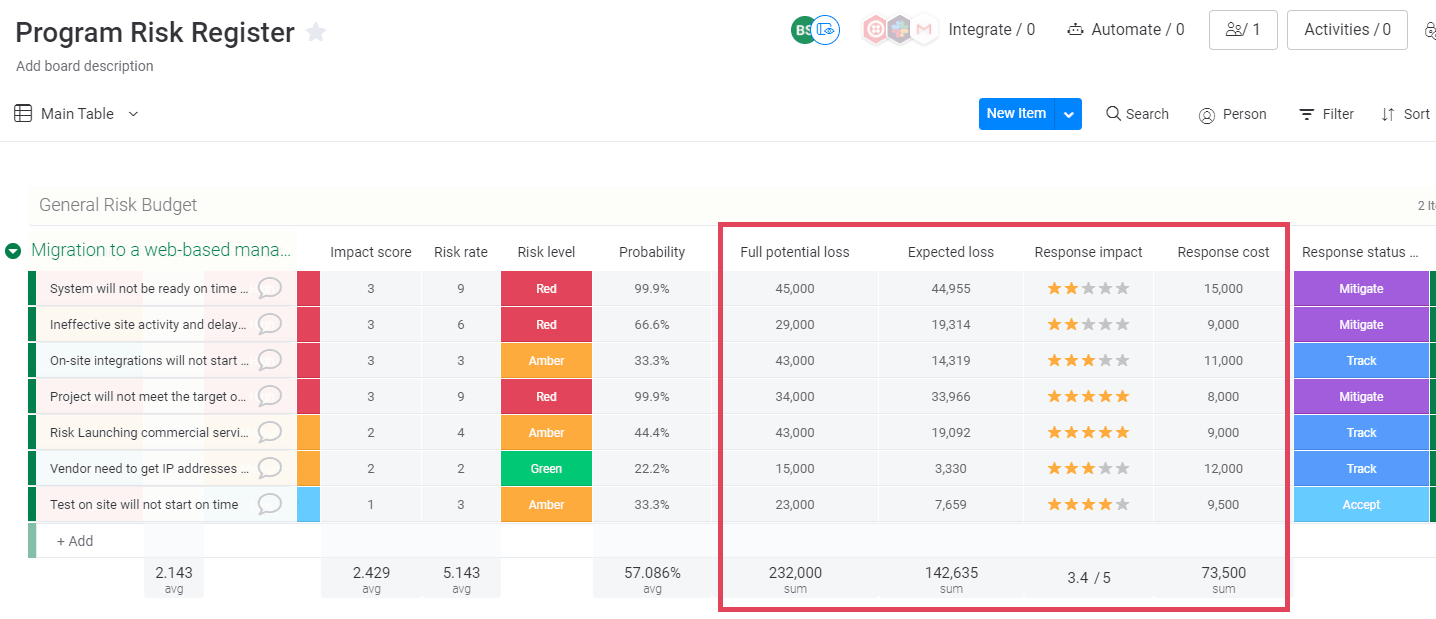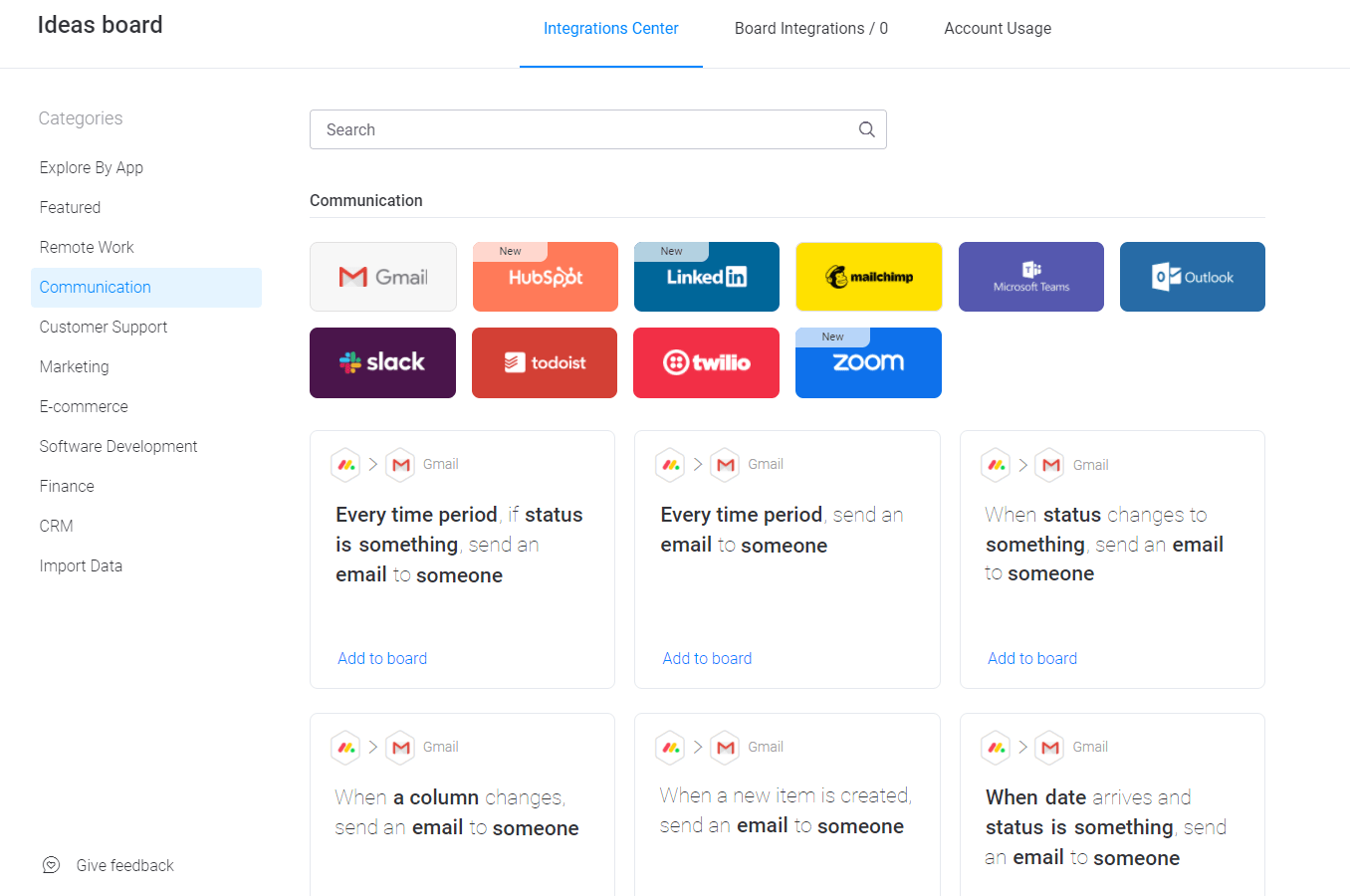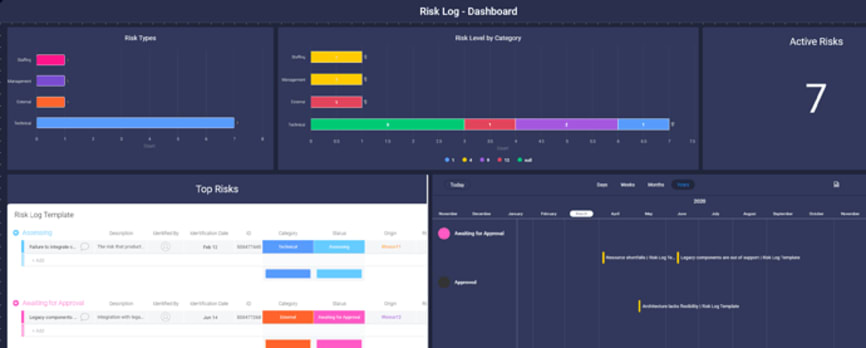In a perfect world, our projects would never be delayed or come in way over the budget. But that, unfortunately, is not the way the world works, usually.
There are things you can do however to prepare for things to go awry, and these things are called a contingency plan and a contingency budget.
In this article, we’ll explain what a contingency budget is, how to calculate a project contingency budget and how to prepare more accurate budgets.
What is a contingency plan?
A contingency plan is a clear, actionable “backup” plan that is to be acted upon if things don’t go according to plan. A contingency plan is essentially a “Plan B.” Contingency plans should be considered an essential component of risk management, and should therefore also be created as part of the risk management plan.
What is a project contingency budget?
In project management, a project contingency typically refers to extra potential costs that you factor into the project budget.
After calculating the potential costs, a contingency reserve is what you add on top of that by accounting for risks and additional expenses.

If your equipment breaks down, you need to pay for repairs. The repair time could also slow down production and increase the payroll and overall costs for the project.
The overall contingency reserve for a work package or entire project must account for these more insidious extra costs as well.
The purpose of a contingency budget is to create a safety net
In a McKinsey survey in September 2020, project managers said that large-scale projects exceed the project budget by 30-45%, on average.
Most project budgets underestimate the potential for things to go wrong. Without budgeting for these extra costs, you could end up deadlocked. Lacking capital, you can’t finish a project that you need before getting paid by clients.
That doesn’t sound like the ideal spot for any company, does it? To ensure you have the time and budget in the event of an unforeseen bottleneck, a project contingency budget come in handy.
How do you write a contingency budget plan?
There are many ways to calculate your project contingency budget, from flat percentages to a full probability-based range estimation.
Let’s start with the basics.
The easiest way: percentage of base project cost
Many companies use a static percentage, or a range, to calculate the budget contingency.
When doing this:
- You can follow industry guidelines for projects. Typically, you set contingency reserves based on the size of your project.
- You can analyze your previous projects and use the average budget excess as a standard contingency reserve.
For a safe and accurate budget, you need to consider the risks of each project.
A more accurate way: risk probabilities and potential financial impact
For project managers, it often helpful to remember Murphy’s Law: what can go wrong does go wrong a lot more often than we’d like.
So, the first step is doing risk analysis and figuring out exactly what could go wrong with your budget.
Create a risk register with your project team and stakeholders, where you estimate potential losses.
If you’re new to risk management, monday.com has a ready-made template you can set up in minutes.

When estimating the costs of a potential project setback, first, consider the probability of it happening.
If it’s a long-term process over multiple years, and it often snows during winter, that’s virtually a 100% probability. In southern Florida, it’s closer to 0%. So buying special winter tires becomes less likely to pay off.
Next, you must estimate the potential loss and what it costs to fix the problem.
- Full potential loss is how much your company would lose because of the risk event.
- Expected loss, or expected value, is the total potential loss calculated by the probability of the risk event taking place.
- Response cost is how much it’ll cost to minimize the risk.
Whether or not you set up a contingency budget plan depends on if the response cost is cheaper than the expected loss or not.
For example, backing up your website is a lot cheaper than the risk of losing multiple days of e-commerce sales due to an error with the new design.
Either way, you still need to factor it into your budget. The only difference is if it’s part of the contingency or not.
Advanced approach: simulate a range of possible scenarios
For large-scale projects with a generous budget, assumptions are dangerous.
So, rather than concluding with one definite budget and then creating a contingency budget plan based on risk, you factor in risks and simulate different budget ranges.
A probability distribution model for simulating costs relies on a range of different cost estimates.
With a thoroughly planned, simulated, and battle-tested budget, you’re less likely to need to dip into your emergency contingency fund, misallocate money, or start projects that are too costly.
Planning a project contingency budget with monday.com
Even for a small project team working out of the same office, planning a project budget is hard enough.
When you’ve got crucial external stakeholders and remote team members worldwide, most companies drop the ball. But there’s a better way.
With monday.com, it’s easy for a distributed team to collaborate with stakeholders and keep executives in the loop.
Build the project management platform you need with custom automations and integrations with other tools.
1. Create an accurate budget that considers possible expenses
Get everyone involved when creating the most accurate budget you can. No contingency budget can help you if you’re off the mark.
Break it down into categories, and let the domain experts get the final say in finalizing the estimate.
For example, an engineer should get the final say on material costs, while a lawyer should oversee legal expenses.

2. Collaborate with external and internal stakeholders
Use our risk register template to catalog all the risks to your project in detail. It includes probability and cost estimates that are vital to finalizing your budget.
Make sure to involve external stakeholders in identifying potential risks. They may have crucial insights that you would otherwise miss.
With monday.com, you can easily share access through guest accounts and give different permission levels based on their involvement.
3. Keep everyone in-the-loop anytime, anywhere
If some internal or external stakeholders aren’t used to the monday.com platform, you don’t want them out of the loop.
We have native integrations with Slack, Gmail, Microsoft Teams, and other communication tools so you can keep everyone aligned while using the tools they already know and love.

For example, every time someone adds a new risk, our software can send notifications and an email automatically.
4. Manage unexpected expenses and risks with real-time dashboards
With monday.com, you can create custom dashboards that reflect your KPIs and priorities as a company.
For example, you can monitor risks and potential extra expenses in real-time to keep your budget in check.
See where everything stands with a high-level view whenever, wherever.

Create a stress-free contingency budget
Without a project contingency budget, a single unexpected expense can bring a project to a grinding halt.
To keep the project moving forward at all times, anticipate potential risks before they occur, and plan accordingly to always stay cool, calm, collected, and ahead of the game.
Use and customize our risk register template to start cataloging and accounting for potential risks.
Get started with our free 14-day trial. No credit card required.
